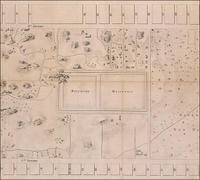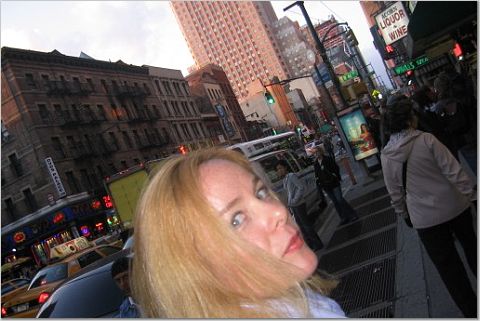
There’s an excellent
story in today’s Times by David Dunlap about
Seneca Village, an all black settlement that was removed to make way for
Central Park. It was the largest community of free blacks in the country, most of whom were property owners. Of course, when it was removed, the settlement was labeled a ghetto (or whatever the terminology was at the time), but that has turned out to be false. I first read about this in a book titled
The Park and the People, which is a very detailed account of
Central Park. I thought it would be a boring academic book, but it was an incredibly good read. My favorite part: Originally the park was going to be located on the east side of Manhattan, but an investigative series in a downtown business publication questioned the fact that the location was selected in part because a powerful politician owned property nearby, which would have greatly increased in value with a park adjacent to it. Three more years would pass while various interests battled over where to locate the park. In 1853, another publication editorialized: “Give us a park, be it central, or sidelong, here, there, anywhere, … a real park, a large park!”
The above illustration, by Egbert Viele/Topographical Survey for the Improvement of Central Park, is an 1856 survey marked the all-black village in Manhattan, from 75th to 91st Streets and from Fifth to Eighth Avenues, which went on to become part of Central Park. New York Times.
 There’s an excellent story in today’s Times by David Dunlap about
There’s an excellent story in today’s Times by David Dunlap about  There’s an excellent story in today’s Times by David Dunlap about
There’s an excellent story in today’s Times by David Dunlap about 